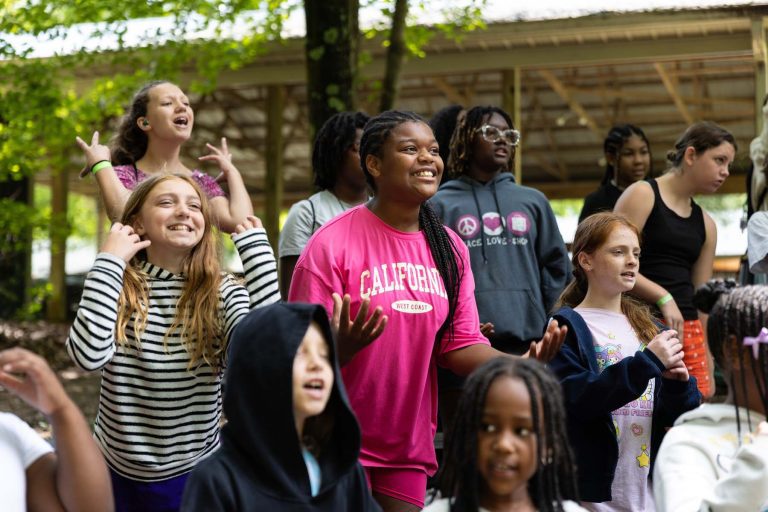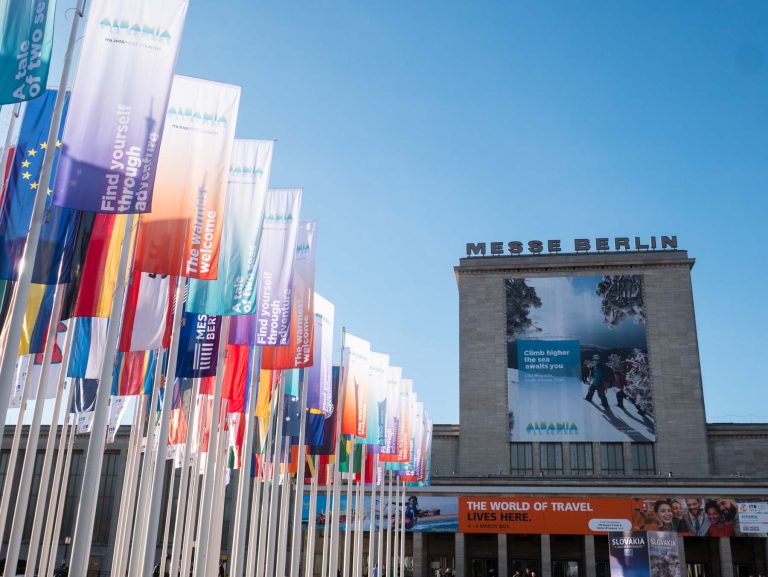After just four days, camp shuts; 76% of attendees tested were positive
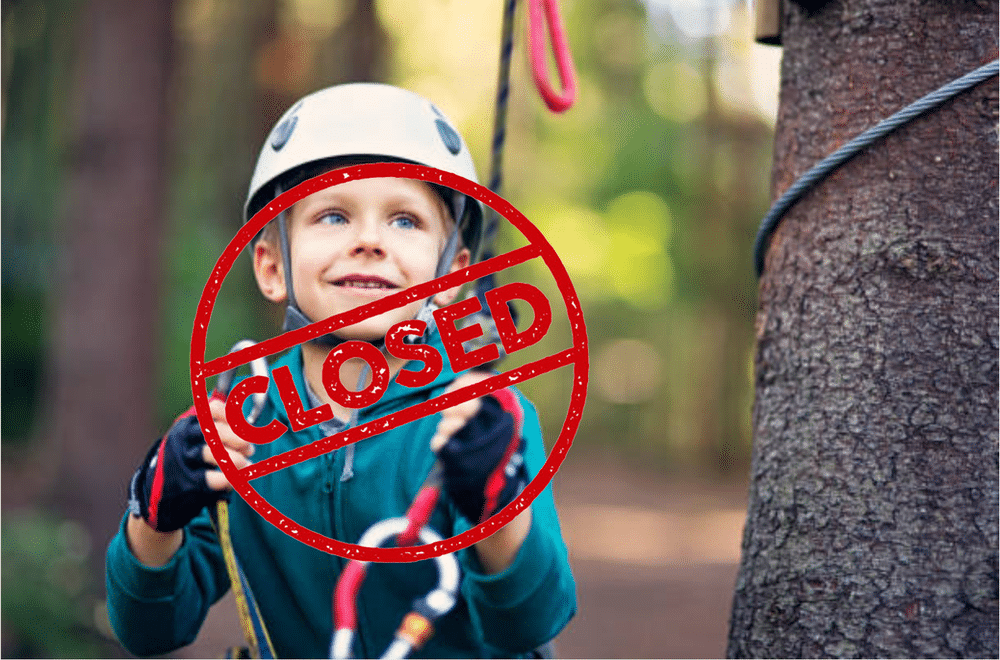
The Facts
The US Centers for Disease Control & Prevention issued a troubling report yesterday on transmission of the novel coronavirus causing COVID-19 at a summer camp in Georgia, USA.
Six hundred twenty four persons–363 campers, and 261 trainees and staff—were at the camp. Seventy-six percent of the 344 attendees for whom test results were available tested positive. Those who were at camp longer—staff who were part of pre-session training—had a higher infection rate.
The camp had followed the Georgia Executive Order requiring staff and campers of overnight camps to provide documentation of a negative SARS-COv-2 test within the last 12 days.
However, the camp did not follow all the CDC’s Suggestions for Youth & Summer Camps, though most were implemented. The camp did not follow the recommendations to have campers wear masks and open windows and doors for increased indoor ventilation, where they engaged in daily vigorous singing and cheering. The camp, however, did group (cohort) attendees by cabin, stagger use of communal spaces by cohort groups, practice physical distancing outside of cabin cohorts, and enhance cleaning and disinfection, particularly of shared equipment and spaces.
The average age of campers was 12, and staff averaged 17 years old. Attendees stayed in cabins sleeping 15 per cabin.
Staff and trainees arrived four days before camp for orientation. A day after the camp opened to campers for its first session, a staff member developed chills, and reported a positive SARS-CoV-2 test two days later. The camp sent campers home that day and over the following three days, at which point the camp was closed for the summer. The Georgia Department of Public Health recommended all attendees self-quarantine. The agency operating the camp now says it regrets the decision to open the camp.
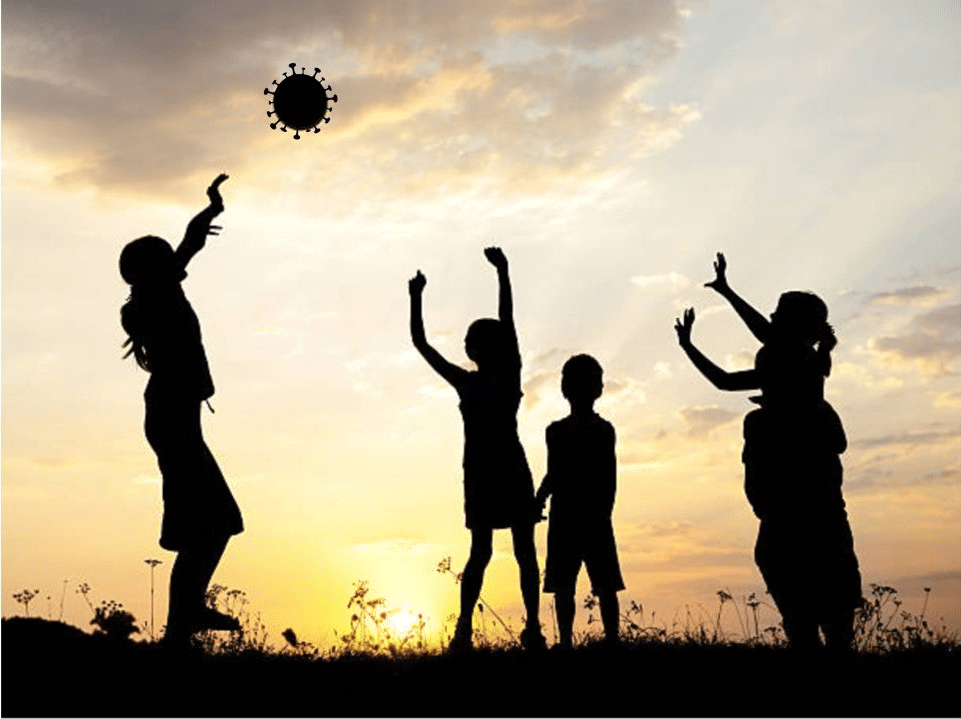
Conclusions
The CDC report concludes that “SARS-CoV-2 spread efficiently in a youth-centric overnight setting,” leading to a high percentage of program attendees contracting the disease, despite the camp’s following most of the agency’s disease prevention recommendations.
The report stated that relatively large groups (of 15) and regular singing and cheering probably increased transmission rates. The report and an associated media statement emphasized the need for physical distancing and consistent, correct use of cloth masks.
The case also suggests that the prospect of opening schools in the fall for in-person attendance, with large groups of young people who many not diligently follow social distancing guidelines, is worrying as well.
Implications for Outdoor Programs
Take it seriously. No, really seriously.
A dangerous infection blazing through an outdoor program run by a long-standing and well-respected nonprofit that followed many official safety recommendations is of great concern.

The safety measures that were put in place were clearly inadequate. This suggests we should strictly follow the best authoritative guidance available, including CDC guidelines, and recognize that going beyond current recommendations may even be required.
What is the current guidance? National, state/provincial, local, and international health agencies (such as the WHO) generally have the most authoritative information on managing in the pandemic. But a variety of organizations offer outdoor-focused guidance for use internally or by others, for example the Wilderness Medical Society, The Mountaineers and the National Recreation & Park Association. The American Camp Association also provides a Field Guide for Camps on Implementation of CDC Guidance. But critics say the CDC guidance has been weakened by being politicized, and the Georgia camp incident raises questions about whether the ACA interim guidance would benefit from an update.
Aside from questions about best practice, we must guard against denial about the seriousness of the pandemic. The effects of COVID-19 can be so calamitous to outdoor businesses and their financial sustainability, it’s easy to engage in wishful thinking and attempt to continue operating with a handful of modifications that ultimately prove tragically inadequate. The effect of misinformation from biased media outlets, poor political leadership, and malicious social media accounts makes taking difficult but necessary steps even more challenging.
Reinvent.
It’s time to fundamentally re-think how we achieve the outcomes that outdoor programming provides. The outcomes are varied—from character development and team skills, to relaxation and rejuvenation, to building motivations and skills for fostering environmental sustainability. The method: groups of people, close together, active in the outdoors. But this method no longer works in places where the pandemic is uncontrolled. Newsmedia covering the Georgia camp incident noted the summer camp aim of fostering connection among strangers, under the current conception of how outdoor programs are run, is made “difficult if not impossible” by the pandemic.
Organizations have shifted from long wilderness expeditions to doing day programming with physical distancing. Virtual team-building, skills training, and coaching for self-directed activities are being offered online. But these are early days, and the best solutions may be yet to be invented; more innovation will be helpful in envisioning bold new ways to achieve old outcomes.
Think long term.
The SARS-COv-2 coronavirus is going to be with us for a long time—years and years. A highly effective vaccine that’s administered across the global population is expected, but not soon. So it’s helpful for us to think about how we can run high-quality outdoor programs—or activities that have similar outcomes to the outdoor programs we’ve known—with social distancing, appropriate use of any necessary PPE, and other infection control. If we anticipate this as the “new normal,” then we are best positioned to invest in the capacity to provide high-quality experiences to our participants, regardless of the arc of the pandemic.
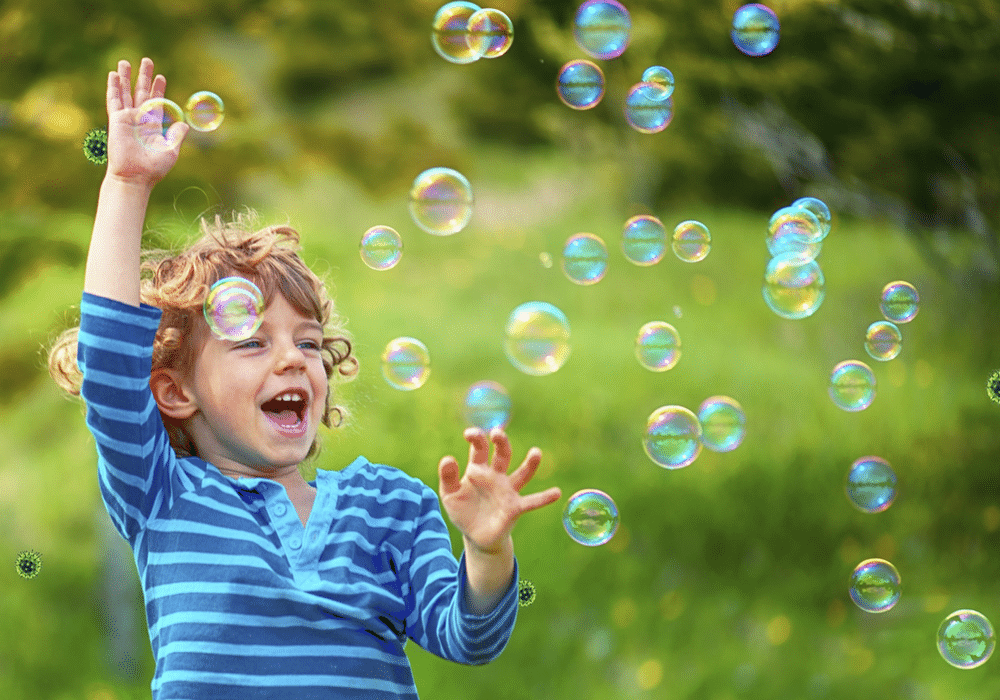
Rays of Hope
While the pandemic continues to rage in the USA, we know that other countries have fared much better. New Zealand and Taiwan, for instance, took the right steps, right away. The virus is, overall, well-controlled in those countries, at this time—and outdoor programs have resumed, with participants on ropes courses, hiking, on the water and more.
And the USA can, with work, look more like those liberal democracies that value public health, science, and governance that represents the interests of those it serves. Citizens of the USA can vote, and support others to vote, in election contests of political leaders who can influence the management of the pandemic.
One of the elements of the pandemic that has been uplifting to see is how individuals have come together—across organizations, across nations, throughout the field of outdoor professions—to share innovative ideas, find support, and build a new way forward. In this work, you are not alone.
Many outdoor programs seek to offer challenges to their participants that help build resilience, discipline, and capacities for good leadership. This is our time to show the same strength of character we seek to foster in our participants, to recognize our untapped reservoirs of perseverance, and to boldly find creative ways to continue providing the powerful benefits of outdoor programs to generations of participants to come.
We can do this, together, and we will.
